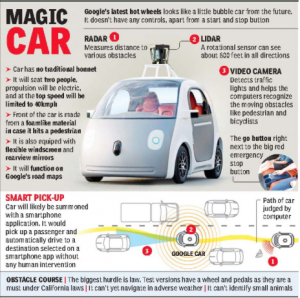Shared value has become one of the most effective ways for companies to expand their customer base, improve reputation, and increase sales. Toms has capitalized on this by creating their “One for One” initiative which donates a pair of Toms shoes for every pair that is purchased. In theory it sounds like a great solution, but in practice may just hinder more than it helps.
Almost everyone has heard the proverb “Give a man a fish and you feed him for a day; teach a man to fish and you feed him for a lifetime”. By donating shoes to less developed countries in Africa, Toms is metaphorically offering them a fish. In doing so they are providing a temporary solution rather than a permanent fix. Cheryl Davenport discusses this concept in the simplest terms, “Create a solution, not a band-aid”. Davenport is essentially implying that Toms is taking the easy way out, one that increases profits and brand reputation but does not provide long term relief for these countries. There are many alternative solutions that Toms could take that would offer a more permanent impact by stimulating their economy. For instance, Toms could create more factories and stores in these countries that would increase infrastructures and create jobs that would increase citizens’ income. In doing so they would be stimulating the local economies rather than taking business away from the residents of these countries.
In order to have a lasting social impact, the goal of a company has to be about making a difference and not just improving their reputation. Although it appears as though Toms has good intentions, they’ll need to revise their strategy if they want to really improve the lives of less fortunate populations.
Sources:
http://www.fastcoexist.com/1679628/the-broken-buy-one-give-one-model-three-ways-to-save-toms-shoes
http://www.forbes.com/sites/jamespoulos/2012/04/11/toms-shoes-a-doomed-vanity-project/
http://www.huffingtonpost.com/kate-otto/toms-shoes-controversy-a-_b_1420366.html
http://www.ecouterre.com/is-tomss-one-for-one-business-model-doomed-to-fail/









